Vietnam is not only famous for its vibrant street food, diverse cultures, and warm hospitality, but also for its impressive collection of UNESCO World Heritage Sites. These sites reflect the country’s rich history, breathtaking natural landscapes, and cultural traditions that have endured for centuries. Whether you’re planning to travel Vietnam for the first time or revisiting its wonders, exploring the UNESCO sites in Vietnam offers a rewarding journey through the soul of the nation.
From ancient towns and imperial citadels to otherworldly caves and spectacular seascapes, Vietnam boasts a diverse range of heritage locations recognized by UNESCO. In this guide, Indochina Today Travel presents the most iconic UNESCO destinations in Vietnam that you simply should not miss. Whether you’re planning a standalone adventure or opting for Indochina package tours, these stops will enrich your travel experience beyond expectations.
1. Halong Bay – A Natural Wonder Beyond Imagination
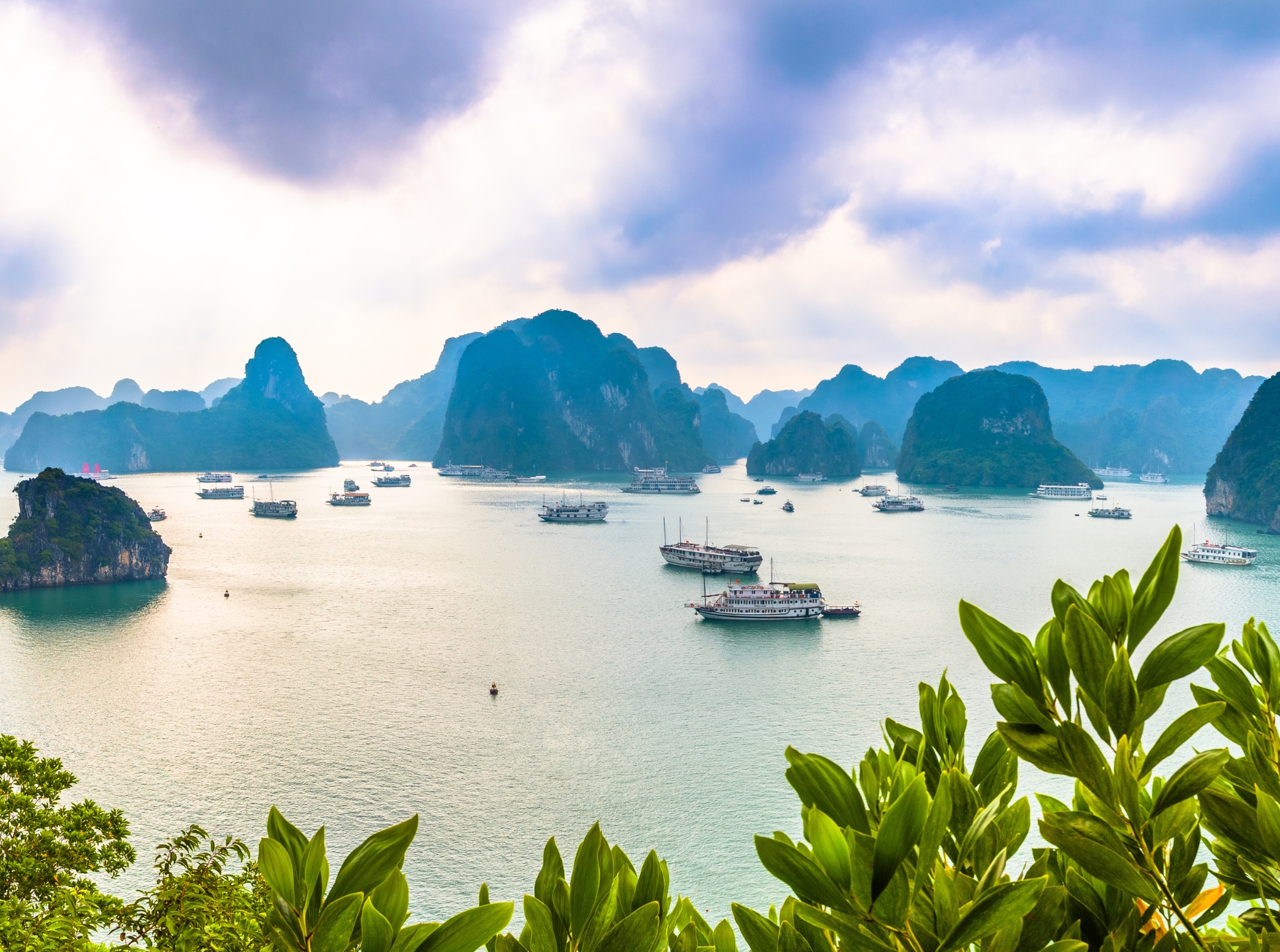
Recognized as a UNESCO World Heritage Site in 1994 for its exceptional scenic beauty and in 2000 for its geological significance, Halong Bay remains one of the most visited destinations in Southeast Asia. With nearly 2,000 limestone islands and islets rising dramatically from emerald waters, Halong Bay is nothing short of magical.
Travelers can explore hidden caves, kayak through floating fishing villages, and witness surreal sunset views. One of the most luxurious ways to experience this destination is with a Halong Bay 5 Star Cruise Itinerary. These curated experiences often include gourmet dining, on-board spa treatments, and guided excursions to untouched grottoes like Sung Sot Cave or Titop Island.
Many Vietnam Halong Bay tour packages offer one- to three-night cruise options, each designed to uncover the secrets of this mystical bay while indulging travelers in comfort and elegance. Halong Bay is not just a destination; it’s a complete sensory journey that deserves a top spot in your Vietnam itinerary.
2. Trang An Landscape Complex – The Inland Halong Bay
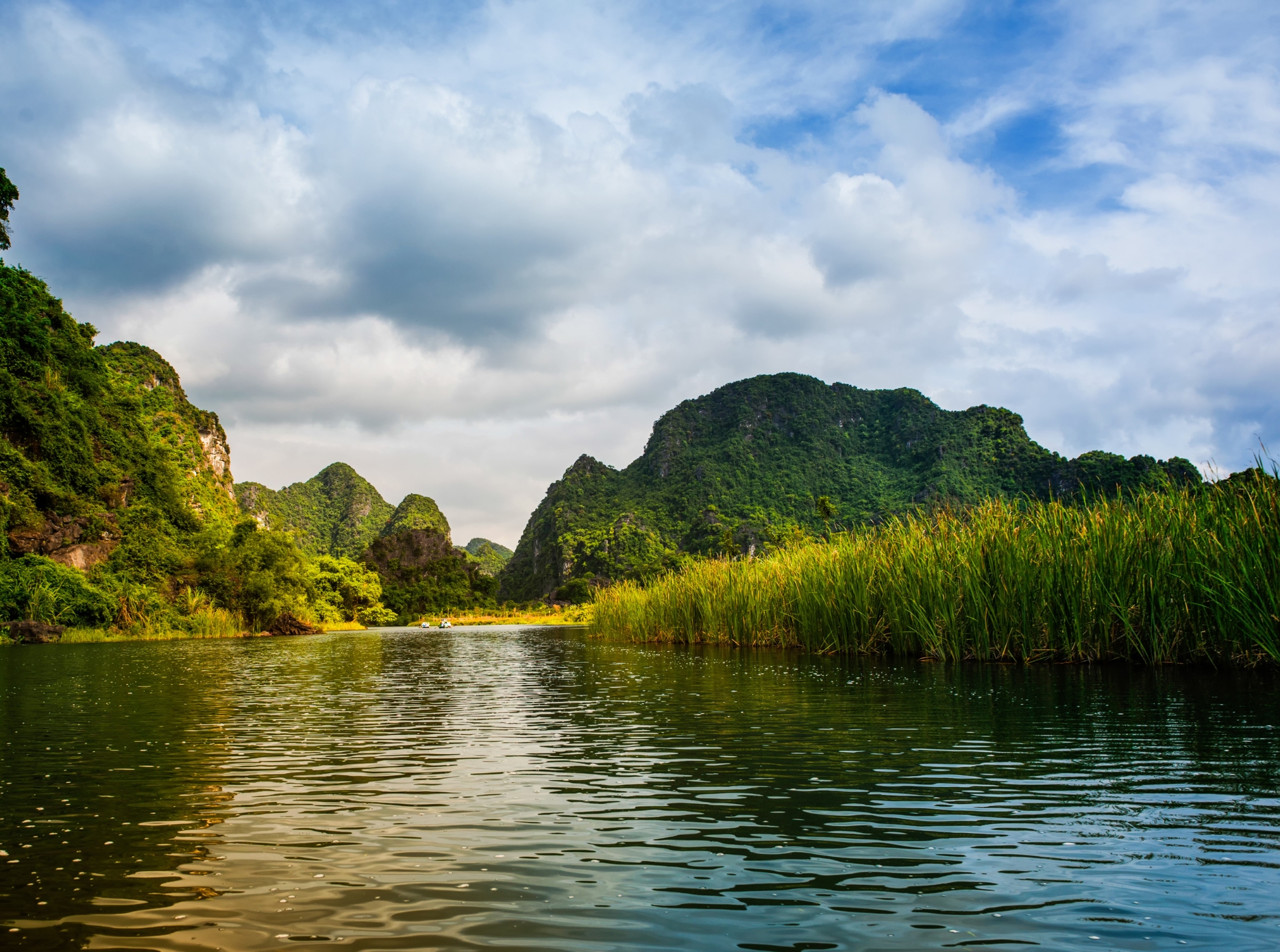
Located in Ninh Binh Province, the Trang An Landscape Complex was designated a UNESCO World Heritage Site in 2014 for its outstanding natural and cultural value. It’s often referred to as the “inland Halong Bay” due to its limestone karsts, caves, and scenic riverways.
The complex combines cultural relics, spiritual temples, and lush biodiversity. Boat rides through the limestone caves, such as Sang Cave and Toi Cave, offer a peaceful yet awe-inspiring adventure. Ancient pagodas like Bai Dinh Temple add a spiritual touch to the experience.
Trang An is easily accessible by road from Hanoi and is often included in Indochina package tours that span Vietnam, Laos, and Cambodia. It is a must-visit for those seeking serenity, nature, and a glimpse into Vietnam’s spiritual heritage.
3. Complex of Hue Monuments – Imperial Grandeur
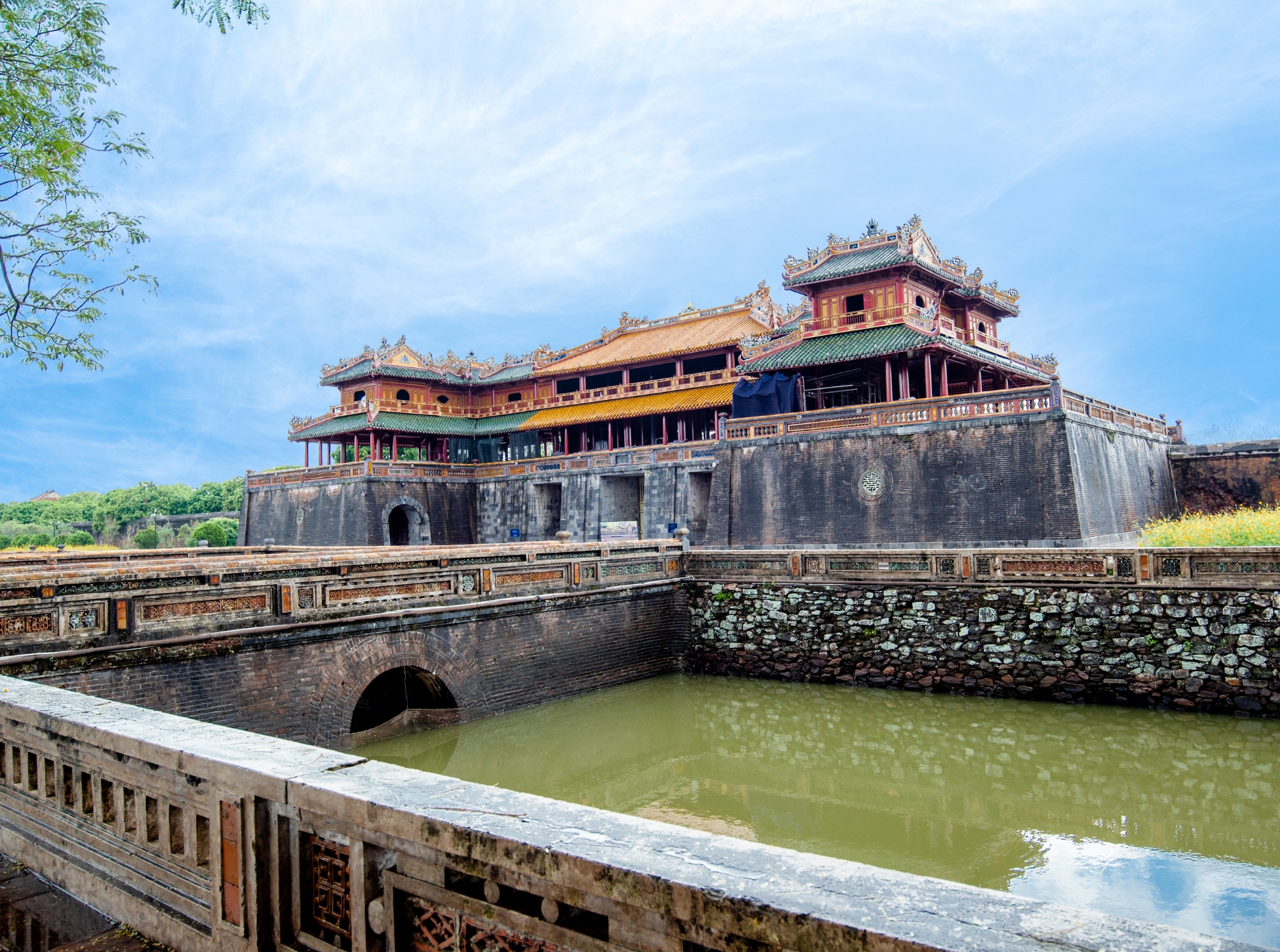
The former imperial capital of Hue is home to one of the most significant UNESCO World Heritage Sites in Vietnam. The Complex of Hue Monuments, inscribed in 1993, includes the Imperial City, royal tombs, pagodas, and palaces that once formed the political and cultural heart of the Nguyen Dynasty.
Walking through the ancient citadel, you’ll see the architectural grandeur of sites like the Ngo Mon Gate, Thai Hoa Palace, and the Forbidden Purple City. Outside the citadel, the Tomb of Emperor Tu Duc and the Tomb of Khai Dinh showcase both Confucian influence and European aesthetics.
Hue is not only a historical destination but also a culinary gem. Local dishes such as Bun Bo Hue and Banh Beo offer flavorful experiences that reflect the royal heritage of the city. Visitors often include Hue as part of Indochina package tours due to its central location and cultural importance.
4. Hoi An Ancient Town – A Living Museum
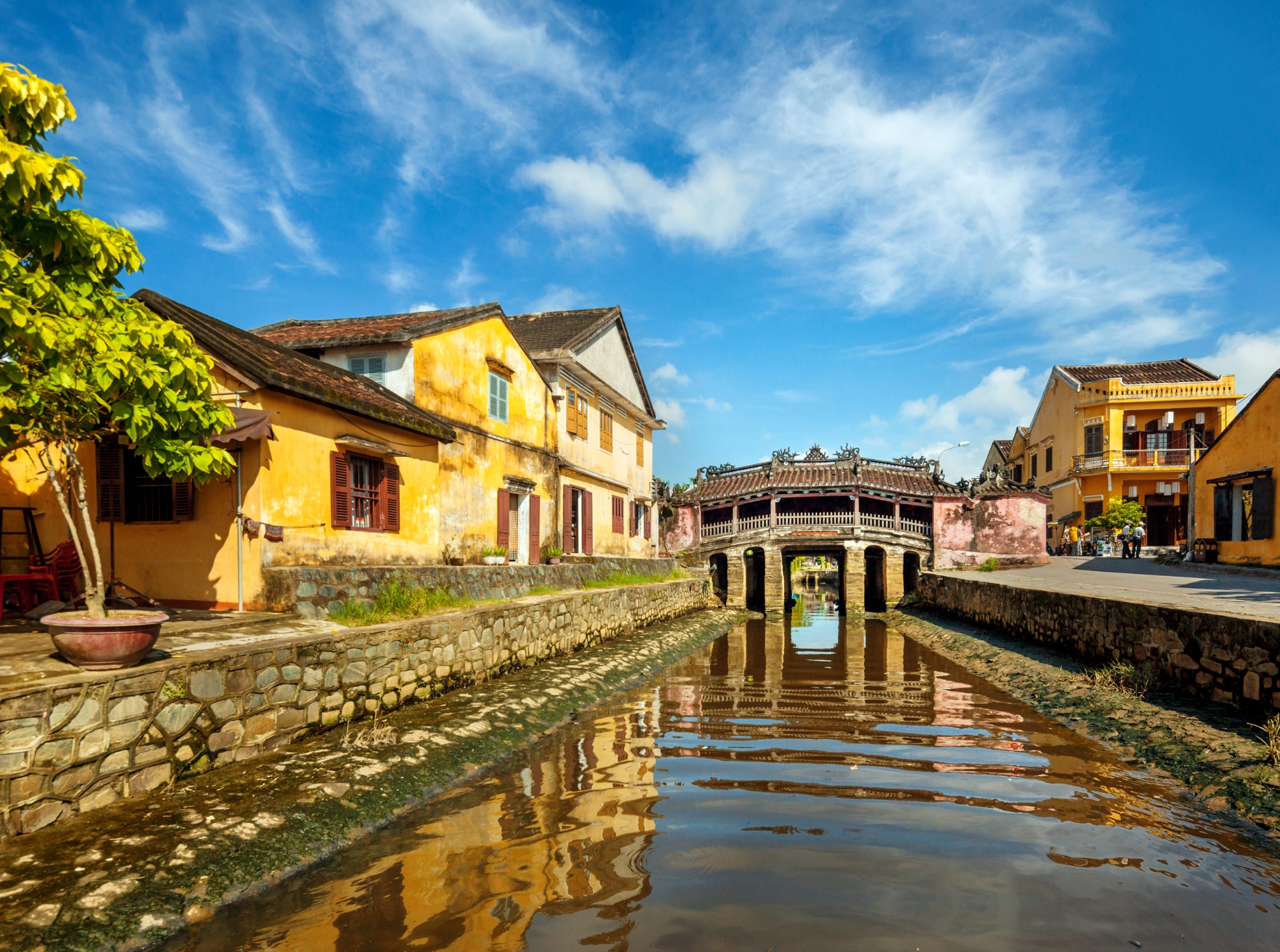
Few places in Asia retain their historical charm as beautifully as Hoi An Ancient Town. Recognized by UNESCO in 1999, this well-preserved trading port features a blend of Vietnamese, Chinese, Japanese, and European architectural influences.
Narrow streets lined with lantern-lit houses, wooden bridges, ancient temples, and artisan workshops give the town a timeless feel. Hoi An is ideal for travelers looking to travel Vietnam with a focus on culture and craftsmanship. Tailors, lantern makers, and ceramic artisans keep traditional practices alive while catering to modern tastes.
Hoi An also offers unique activities such as lantern-making classes, river cruises, and traditional Vietnamese cooking lessons. Visiting during the monthly Full Moon Festival provides a magical experience as the town dims electric lights and glows under the light of thousands of lanterns.
5. My Son Sanctuary – The Angkor of Vietnam
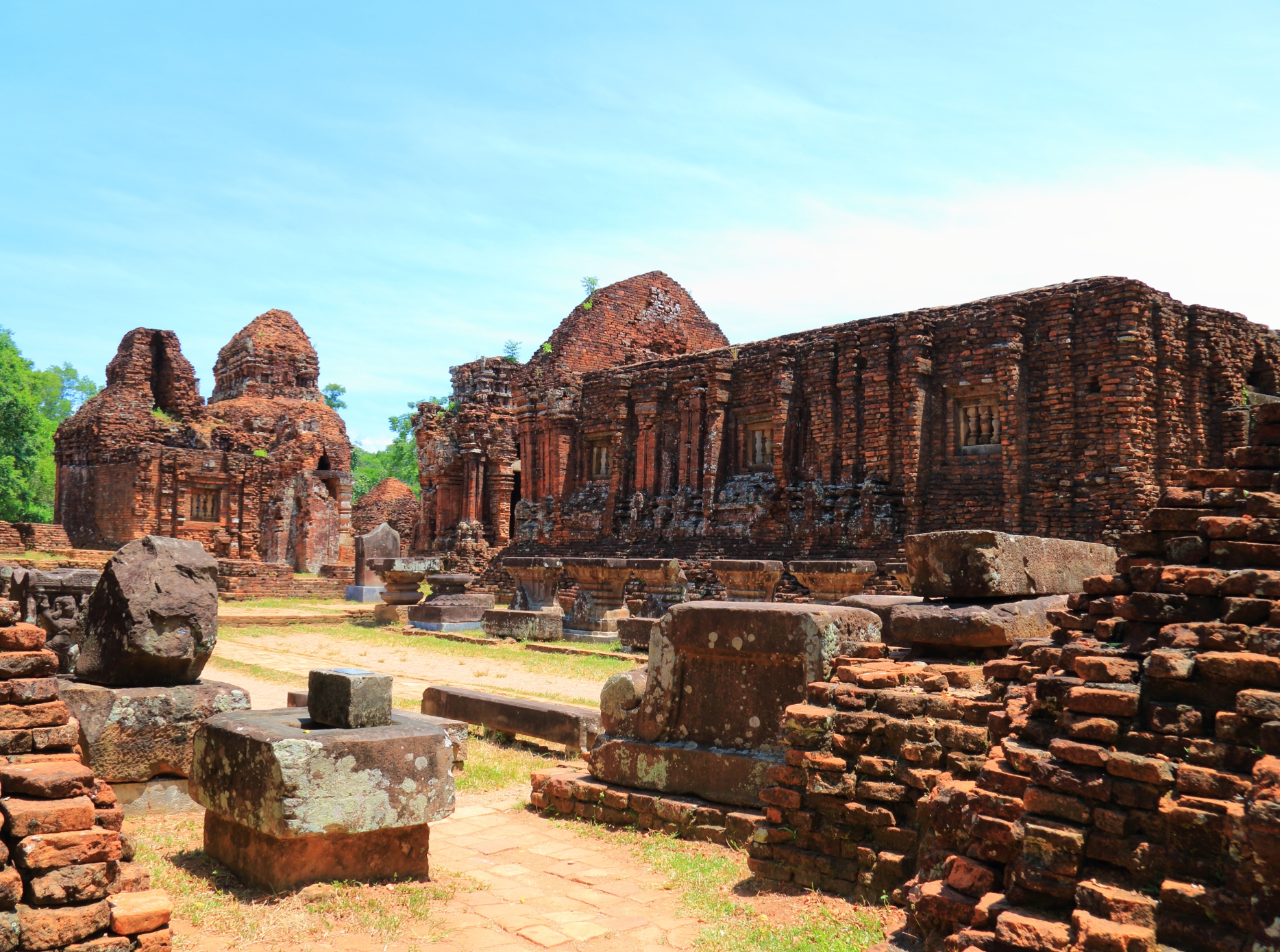
Tucked away in the lush jungles of Quang Nam Province, My Son Sanctuary was once the religious and cultural center of the Champa Kingdom. Designated a UNESCO site in 1999, it is often referred to as the “Angkor of Vietnam,” though smaller in scale.
The sanctuary comprises dozens of red brick towers built between the 4th and 13th centuries. Despite damage from time and war, many structures still stand, offering insight into Cham art, Hinduism, and early Southeast Asian civilization.
My Son is easily accessible from both Hoi An and Da Nang, making it a perfect half-day excursion for those on Vietnam Halong Bay tour packages looking to extend their journey into Central Vietnam’s heritage zones.
6. Phong Nha-Ke Bang National Park – A Subterranean Wonderland
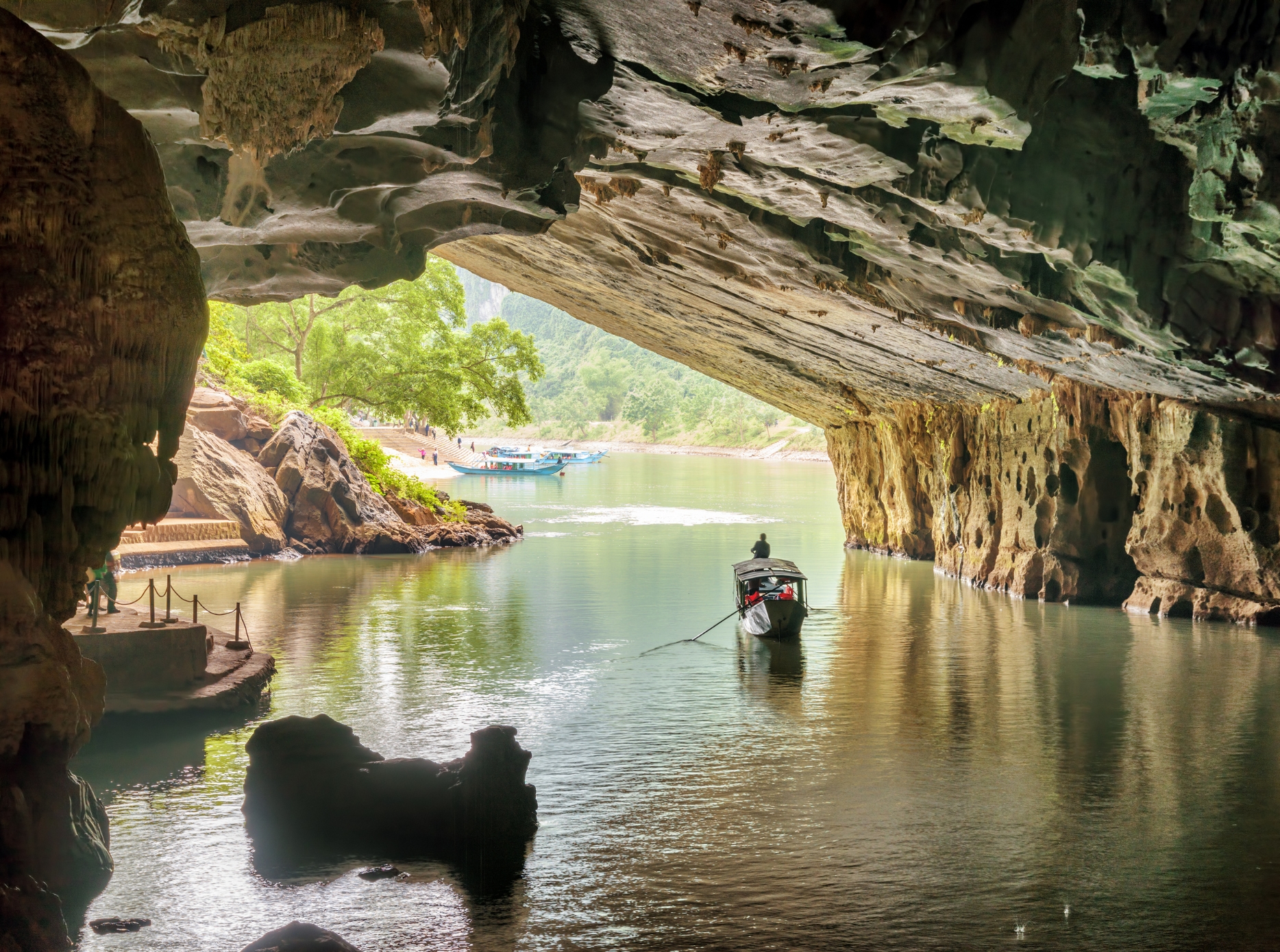
If you’re in search of adventure, look no further than Phong Nha-Ke Bang National Park, inscribed as a UNESCO site in 2003 and extended in 2015. Known for its staggering number of caves, including the world’s largest cave — Son Doong — the park also boasts underground rivers, limestone karsts, and unique ecosystems.
Phong Nha Cave and Paradise Cave are among the most accessible to tourists. Exploring these formations is an otherworldly experience, with massive chambers and sparkling stalactites that leave visitors speechless.
Eco-tourism and sustainable travel are growing trends here, and many Indochina package tours include stops in Phong Nha for trekking, river adventures, and cave exploration. The area is also ideal for those interested in off-the-beaten-path destinations when they travel Vietnam.
7. Citadel of the Ho Dynasty – Lesser-Known, But No Less Grand
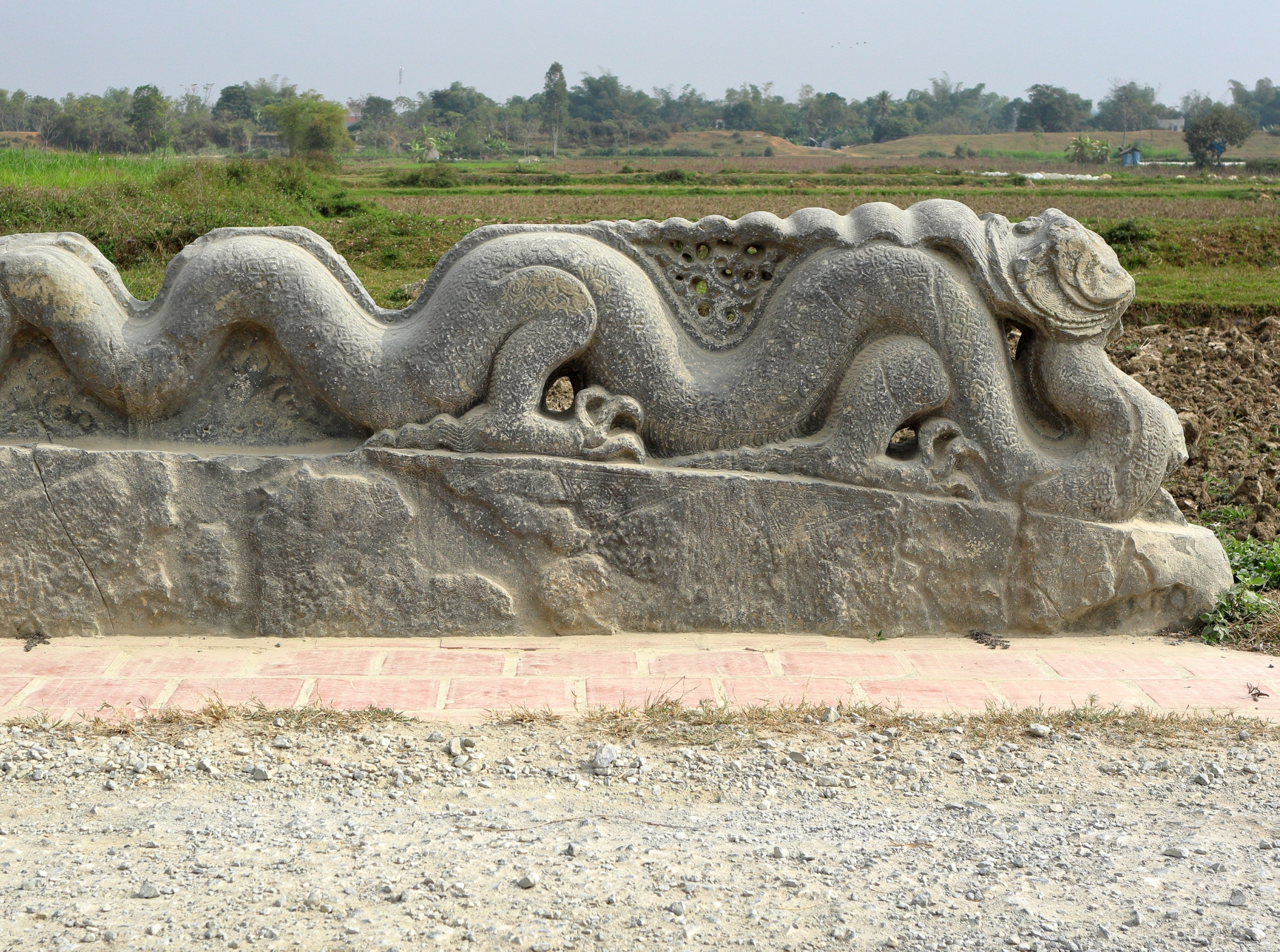
Though less visited than Hue, the Citadel of the Ho Dynasty in Thanh Hoa Province offers a unique look into Vietnam’s medieval military architecture. Recognized as a UNESCO site in 2011, this massive stone citadel was constructed in 1397 entirely of large limestone blocks, using no mortar.
Its strategic layout and enduring stone walls are a testament to the architectural prowess of the Ho Dynasty. Surrounded by rice paddies and rural landscapes, the citadel provides a quiet yet profound historical experience.
This site is an excellent detour for culture-focused travelers or historians exploring the lesser-known UNESCO World Heritage Sites in Vietnam. It’s a hidden gem that deserves more attention.
8. Thang Long Imperial Citadel – The Historic Heart of Hanoi
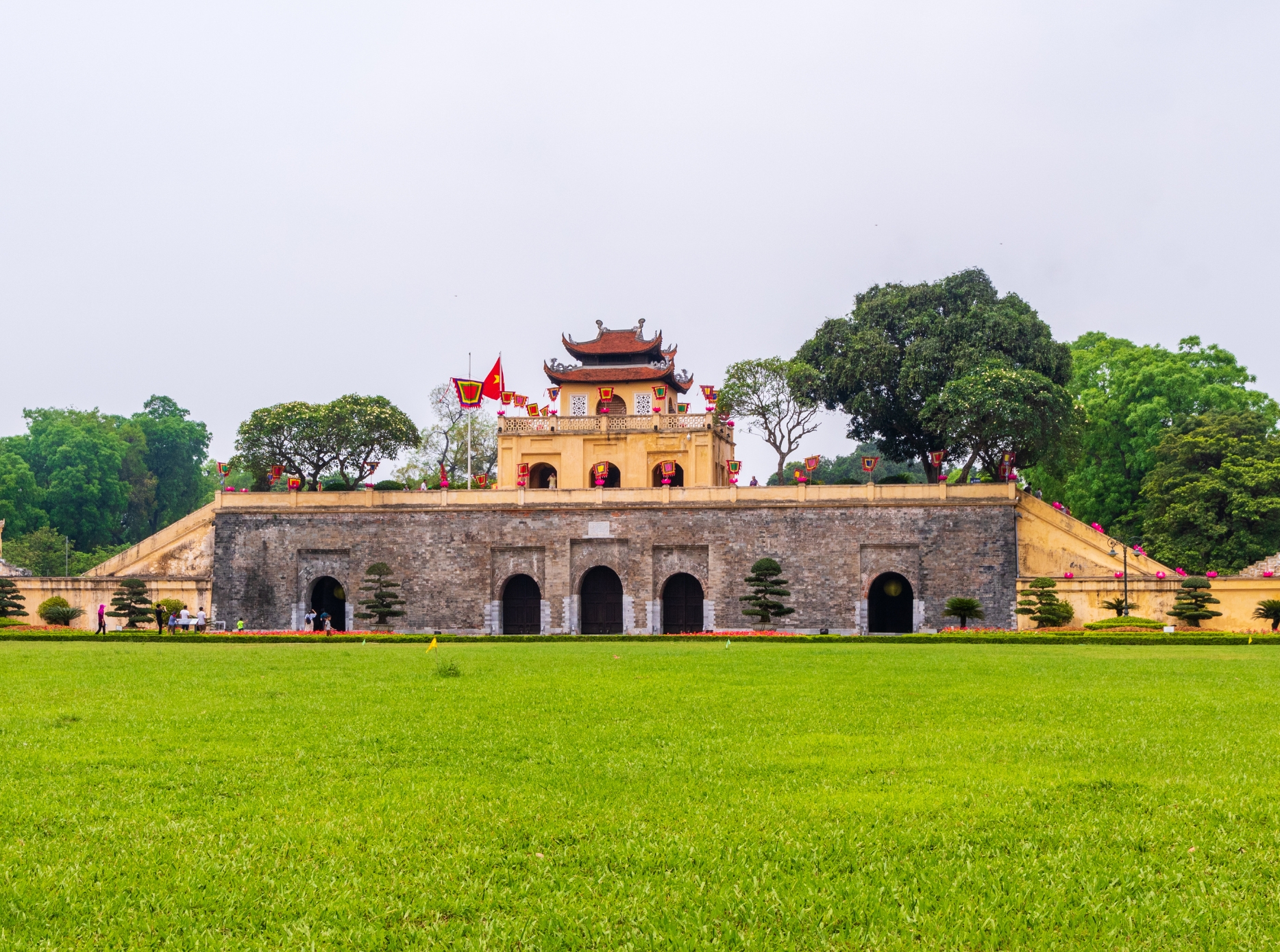
Located in the capital city, the Imperial Citadel of Thang Long was inscribed as a UNESCO World Heritage Site in 2010. The site served as the political center of Vietnam for over a thousand years and is one of the most important archaeological discoveries in Southeast Asia.
Visitors will find remnants of ancient palaces, foundations, wells, and artifacts dating back to the Ly, Tran, and Le dynasties. The archaeological site also reveals layers of Chinese and Champa influence, showcasing the diverse cultural evolution of Vietnam.
As it’s located in central Hanoi, Thang Long Citadel is easily accessible and can be explored within a few hours. For travelers who plan to travel Vietnam with a focus on history, it serves as a strong introduction to the country’s imperial past. Many Indochina package tours start or end in Hanoi, making this site a convenient and culturally enriching stop.
9. Central Sector of the Imperial Citadel of Thang Long – Hanoi’s Hidden Gem
While often overshadowed by more famous destinations like Halong Bay or Hoi An, the Central Sector of the Imperial Citadel of Thang Long is a profound reminder of Vietnam’s resilience and dynastic legacy. Visitors can explore the Kinh Thien Palace, Doan Mon Gate, and the Hau Lau building, which served as a royal residence for queens and princesses.
The site also houses an impressive museum displaying recovered artifacts such as ancient ceramics, weapons, and architectural models. It’s a must-see for those wishing to gain a deeper understanding of Hanoi’s roots and Vietnam’s enduring sovereignty.
10. Ba Be Lake and Na Hang Nature Reserve – Future Contender for UNESCO Status
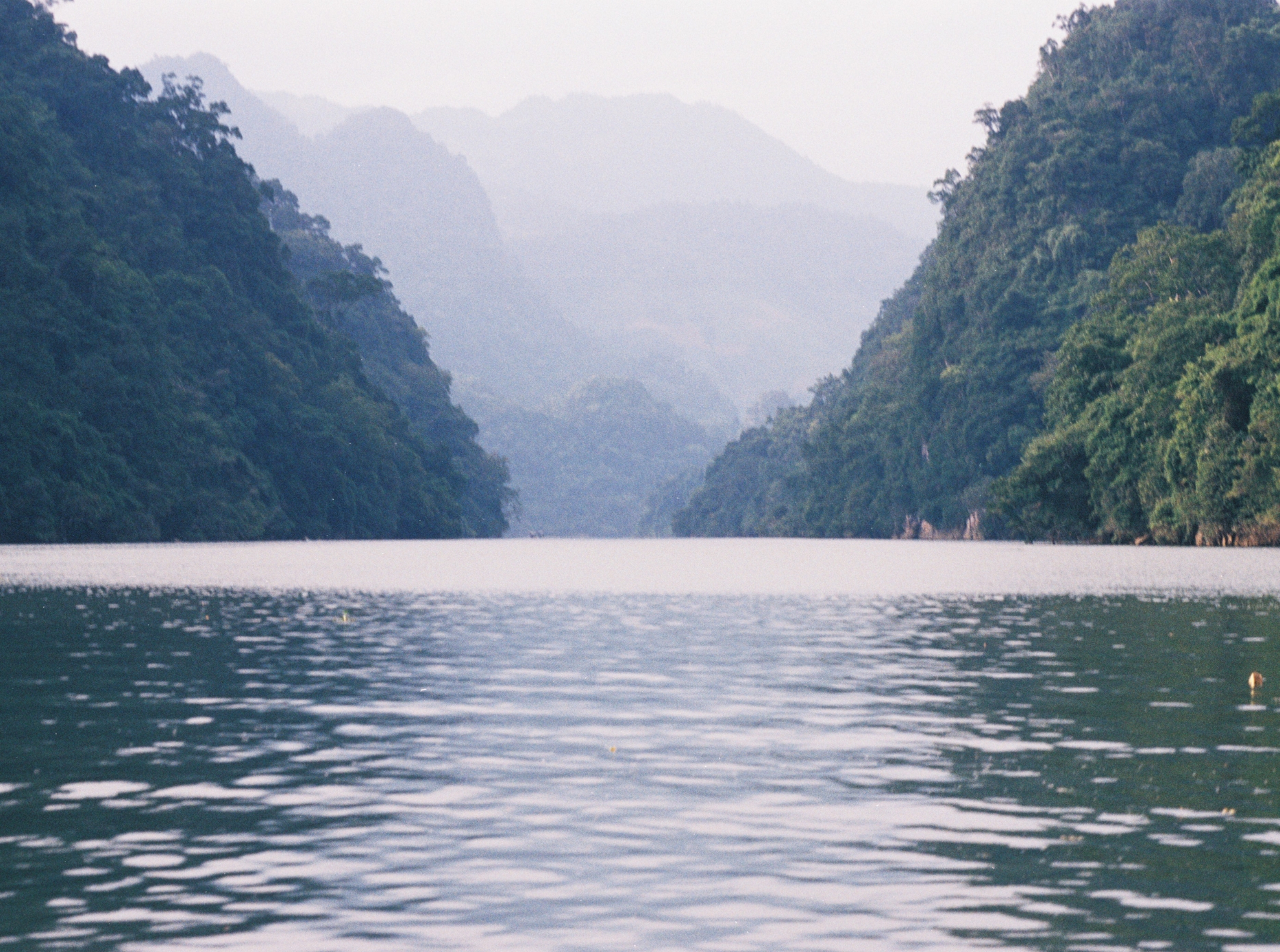
Though not officially on the UNESCO list yet, Ba Be Lake and the Na Hang Nature Reserve in northern Vietnam are being promoted as future contenders due to their exceptional biodiversity and cultural heritage. For eco-conscious travelers and those seeking tranquility far from tourist hotspots, Ba Be offers a serene retreat with limestone cliffs, waterfalls, and traditional Tay ethnic villages.
While planning your journey to visit the official unesco sites in vietnam, consider extending your trip to include potential heritage destinations like Ba Be. This allows for a richer, more immersive travel experience and supports local communities.
Combining UNESCO Destinations into a Seamless Itinerary
For travelers seeking to optimize their time while visiting multiple UNESCO World Heritage Sites in Vietnam, a well-crafted itinerary is essential. Here’s how you can structure a seamless experience:
Northern Vietnam: Start in Hanoi and visit the Thang Long Imperial Citadel, then head to Trang An and Halong Bay. With a Halong Bay 5 Star Cruise Itinerary, you can relax and enjoy luxury amid one of the world’s most iconic natural wonders.
Central Vietnam: Fly or take a scenic train to Hue, where you’ll explore the Complex of Hue Monuments, followed by Hoi An Ancient Town and My Son Sanctuary. This region balances history, architecture, and traditional lifestyle in a captivating mix.
Central Highlands and Beyond: Include Phong Nha-Ke Bang National Park for adventure and geological wonders. For travelers on extended Indochina package tours, you can move from Vietnam to Laos and Cambodia seamlessly.
Why Choose Indochina Today Travel
When visiting the unesco sites in vietnam, expert guidance makes all the difference. At Indochina Today Travel, we specialize in crafting curated, culturally immersive travel experiences across Vietnam and its neighboring countries.
Our signature Vietnam Halong Bay tour packages include premium transportation, knowledgeable local guides, and handpicked accommodations, ensuring a smooth journey through Vietnam’s most treasured destinations. Whether you prefer a Halong Bay 5 Star Cruise Itinerary, an eco-tour in Phong Nha, or a cultural deep dive into Hue’s royal history, we have the perfect plan for your preferences.
Our Indochina package tours also enable you to explore the interconnected histories of Vietnam, Laos, and Cambodia. Many of our routes feature UNESCO-recognized sites such as Luang Prabang in Laos and Angkor Wat in Cambodia, providing a truly panoramic experience of Southeast Asia.
Preserving Vietnam’s Heritage for Future Generations
As the popularity of unesco sites in vietnam grows, responsible tourism becomes increasingly important. These sites are more than just picturesque landmarks; they are living testaments to the country’s resilience, culture, and spirit.
Travelers are encouraged to follow local guidelines, support community-based tourism, and avoid contributing to overcrowding or pollution. At Indochina Today Travel, we promote sustainable tourism practices that ensure the longevity and preservation of these global treasures.
FAQs For UNESCO Sites In Vietnam
1. What are the most popular UNESCO sites in Vietnam?
Halong Bay, Hoi An Ancient Town, and the Complex of Hue Monuments are among the most popular UNESCO sites in Vietnam due to their cultural richness and accessibility.
2. Can I visit multiple UNESCO sites in one trip?
Yes. Many Indochina package tours and Vietnam Halong Bay tour packages include multiple heritage sites, making it easy to explore several in one trip.
3. When is the best time to visit UNESCO sites in Vietnam?
The best time varies by region, but generally, spring (March to May) and autumn (September to November) offer mild weather and ideal conditions for sightseeing.
Summary: A Cultural Odyssey Awaits
From the towering limestone cliffs of Halong Bay to the tranquil canals of Trang An, and from the golden temples of Hue to the ancient towers of My Son, unesco sites in vietnam reflect the country’s stunning diversity and enduring spirit. Exploring these locations allows you to travel through time and tradition, unveiling layers of Vietnam that few get to witness.
If you’re planning to travel Vietnam with depth and purpose, don’t miss the opportunity to visit these heritage sites. Whether on a classic Vietnam Halong Bay tour package or a broader Indochina package tour, these places will leave a lasting imprint on your memory—and your heart.
Let Indochina Today Travel guide your journey through history, nature, and culture.
For travelers seeking both cultural heritage and luxury leisure, don’t miss our curated Vietnam golf packages that combine world-class golf experiences with unforgettable scenic and historical destinations.
Add: Phuc Loi, Hanoi, Vietnam
Hotline / WhatsApp: +84.988.176.761
Email: sales@indochinatodaytravel.com
Phone: +84.24.6685.5566
Website: indochinatodaytravel.com | dgbtravel.com | vietnamgolflux.com

